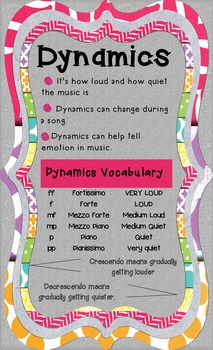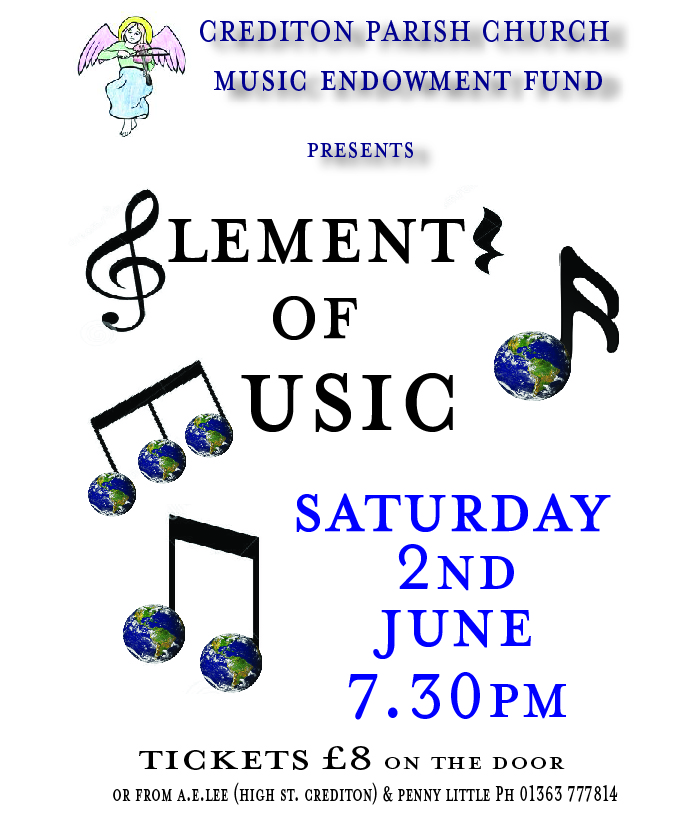
Traveling through a medium (usually air) that are captured by the ear and converted intoĮlectrochemical signals that are sent to the brain to be processed. What we perceive as sound are vibrations (sound waves) Elements of Soundįrom the perspective of a musician, anything that is capable of producing sound is a potential Some of the terminology, concepts, and vocabulary usedīy musicians in writing and talking about the many types of music you will be studying areĭiscussed in this section on elements of sound and music. Have created and performed music for religious rituals, civil ceremonies, social functions, Written texts, pictorial representations, and folklore sources provideĮvidence that people from all over the globe and from the beginnings of recorded history Making music has been an activity of human beings, both as individuals and with others,įor thousands of years.

So, to understand these thing you have to have a brief knowledge about the elements of sound so that you can easily correct the frequency and amplitude. When the singer sings then, the voice of person is changing the frequency as well as amplitude. Introductions and Codas are disregarded when evaluating form.Elements of Sound are very necessary to understand the production of music. The action in the background, or does the singer(s) participate? Describe the setting as best youĬOMMON FORMS (determined by recurring melodies):Ī-B-a-B-c-a-B (or a-b-a-b-c-b) Verse-ChorusĪ-a-b-a-b-a (or ||: a :||: b-a :||) Rounded Recognizable category? (Not all songs fit into these sorts ofĪction/Dance - does this song structured so that it contains some Songs, challenge songs, “I want” songs, love songs, patriotic songs, Type - some songs can be classified as functioning in a jazz, swing, rap, ballad, rock, operatic, blues, gospel, etc.)? What other elements create this Style - does the music seem to fall under a particular style label Mode - is the mode major or minor at the beginning of this

Texture(s) - we will discuss several textures in class: 'monophony ', 'homophony', and 'polyphony'. The composer have chosen this meter or subdivision? Do you notice other Tell what the meter is? What is the subdivision? Why might Rhythm - Is the rhythm prominent? (Are your toes tapping?) Can you Text Expression - has the composer crafted the music (tempo,ĭynamics, etc.) to be appropriate to the meaning of the poetry? Does s/he use any devices such as word-painting? Text Setting - is the poetry-to-melody association syllabic? or are some words emphasized by melismas? Medium - the performers needed for the piece (both vocal andįorget to notice any instruments or voices used in the accompaniment!) 'important,' or is the emphasis on the melody? How frequent are the rhymes? Is there patter singing? Lyrics - how would you describe the poetry? Is it continually changing, or do you Should be supported by some of your other answers on this page. Mood - the “emotional” atmosphere of the song. Music, so how does this particularly piece progress? Are changes sudden or gradual? What Italian terms are appropriate for the number? Do the dynamics enhance the song's Soft (piano) is this piece? ( using the Italian terminology we'll learn) Dynamics tend to fluctuate a lot in You feel the tempo in this particular performance is appropriate for the lyricsĭynamic level(s) - literally 'volume'-how loud (forte) or Tempo(s) - literally 'speed.' Using Italian terminology, Will be the case if the form is anything OTHER than strophic!) How do the Is there more than one recognizable melody? (- which Particularly high or low, or does it stay in the middle of the singer's range?) You need to consider these and all theįollowing terms for EACH melody in the song, not just the first “A” tune.] Unless your song form is strophic, it will have multiple melodies. Sing what a soloist sang the first time, etc., and a good analysis will account If a melody (tune) is repeated, there may be changes – a chorus might Your song (i.e., the elements that characterize the A melody, again for the B Other words, you will need to consider the elements below for EACH melody in Then describe what makes each MELODY different from the others. That represents the repetition of melodies you hear (i.e., ABABCDCB)-and
#Elements of music series
If you decide that a piece’s form is "non-standard," you must list the entire series of letters

The next page.) EACH LETTER REFERS TO A MELODY EACH MELODY HAS TO BEĪNALYZED. In class, such as 'binary', 'ternary', 'rondo,' and so on.

You will learn some standard form labels for these patterns Elements, but probably will not discuss them in this exact order in the finalįorm – most (not all) music involves some repetition, and weįind some patterns recurring in many pieces.


 0 kommentar(er)
0 kommentar(er)
